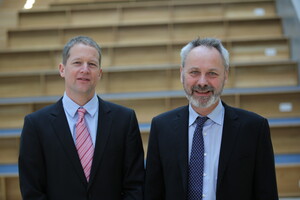Induced tic-like behavior in healthy controls versus tics in GTS – context and determinants

This project seeks to develop a new paradigm to induce tic‐like behavior, in particular cursing expressions (CE), serving as a proxy for coprolalic tics (CT), in healthy control participants and patients with Gilles de la Tourette syndrome (GTS) and to examine neural similarities and differences between CE and CT in GTS. Referring to the Theory of Event Coding (TEC) framework and the concept of event files, the overall hypothesis of this project is that CE represent prefabricated actions, stored in event files that can be triggered by anger, stress, pain or other antecedents in situations of daily life. We assume the same to be the case for CT. The project follows a three‐step approach. First, we will devise new paradigms for the elicitation of CE. Based on the observation that frustration in computer games leads to CE in many players, we propose to test three different paradigms with similarities to computer games for this purpose. Second, the neural antecedents of CE will be assessed using electrophysiological (event‐related potentials, time‐frequency analysis, coherence analysis, connectivity analysis) and hemodynamic measures (functional near infrared spectroscopy, fNIRS; fMRI). In a third step, neural signatures of CE and CT will be compared to each other and with voluntarily uttered phrases of similar content, hypothesizing that CE and CT are more similar to each other than to voluntarily uttered phrases. This analysis will be performed using methods from representational similarity analysis.

